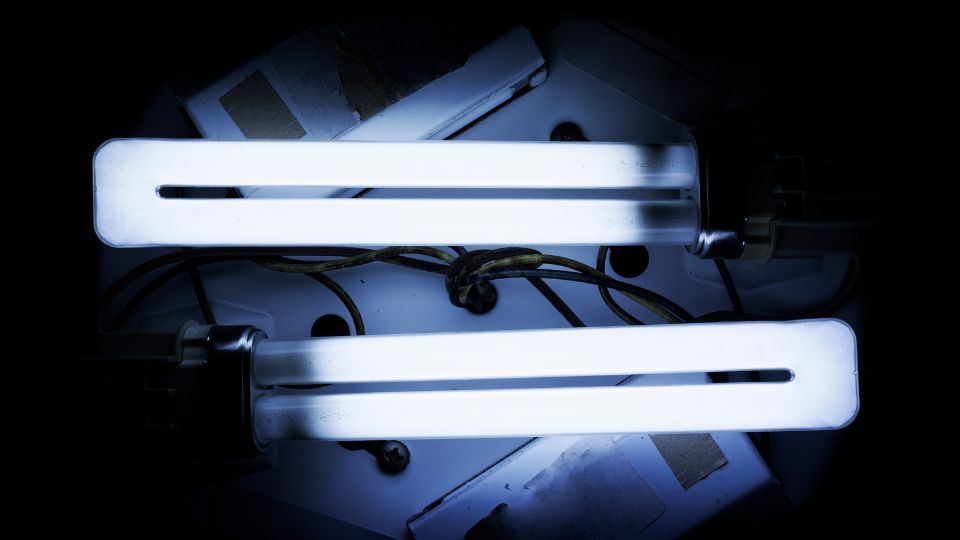
Read our guide below to learn all you need to know about safely and affordably get rid of fluorescent items while following sustainable practices.
How can I dispose of fluorescent tubes?
Fluorescent tubes are a popular lighting option for many homes, businesses, and public places due to their energy efficiency and long lifespan.
However, it is important to note that fluorescent tubes also contain small amounts of mercury, a toxic substance that can pose a significant risk to the environment and human health if not disposed of properly.
To prevent the release of mercury into the environment, it is essential to properly dispose of fluorescent tubes.
Fortunately, there are several options available for safe disposal of these hazardous materials. Many municipalities offer special hazardous waste collection programs where residents can drop off their fluorescent tubes for safe disposal.
Additionally, some hardware and home improvement stores offer recycling programs for fluorescent tubes.
When disposing of fluorescent tubes, it is important to handle them with care to prevent breakage. Always wrap the tubes in newspaper or bubble wrap before placing them in a box for transportation.
If a fluorescent tube does break, it is essential to follow proper clean-up procedures to avoid mercury exposure.
In addition to proper disposal, there are other ways to minimise the environmental impact of fluorescent tubes. Consider switching to LED bulbs, which are more energy-efficient and do not contain hazardous materials like mercury.
LED bulbs are also more durable than fluorescent tubes, which means they last longer and require less frequent replacement.
Overall, while fluorescent tubes are a popular lighting option, it is essential to properly dispose of them to avoid harm to the environment and human health.
Read more about how to dispose of lightbulbs in our dedicated guide.

Avoid breaking of fluorescent lighting and tubes
If you accidentally break a fluorescent tube, the first step is to evacuate the area and open any nearby windows to allow for proper ventilation.
Do not touch the broken glass with your bare hands, as this can lead to mercury exposure.
Instead, wear gloves and use a broom and dustpan to carefully sweep up the broken glass and debris. Place the broken pieces and debris into a sealed plastic bag and label it as hazardous waste.
When a fluorescent tube is broken or improperly disposed of, the mercury inside can leak out and contaminate the environment.
Once in the environment, mercury can accumulate in the food chain, resulting in harmful effects on wildlife and humans.
Mercury exposure can cause a variety of health problems, including neurological damage, kidney damage, and developmental problems in children.
Is fluorescent tube recycling possible?
Yes, fluorescent tube recycling is possible and strongly recommended to help reduce environmental pollution and conserve resources.
Fluorescent tubes contain small amounts of mercury, a toxic metal that can be harmful to human health and the environment if not properly disposed of.

Recycling fluorescent tubes involves breaking down the tube into its component parts, such as the glass, metal end caps, and phosphor powder, and separating them for recycling. The mercury can also be safely extracted and reused.
Fluorescent tube recycling can be done through specialised recycling companies or through local household hazardous waste programs. Many hardware stores and lighting retailers also offer recycling services for fluorescent tubes.
It is important to handle fluorescent tubes carefully to prevent breakage and release of mercury. Broken fluorescent tubes should be handled with care and disposed of as hazardous waste.








